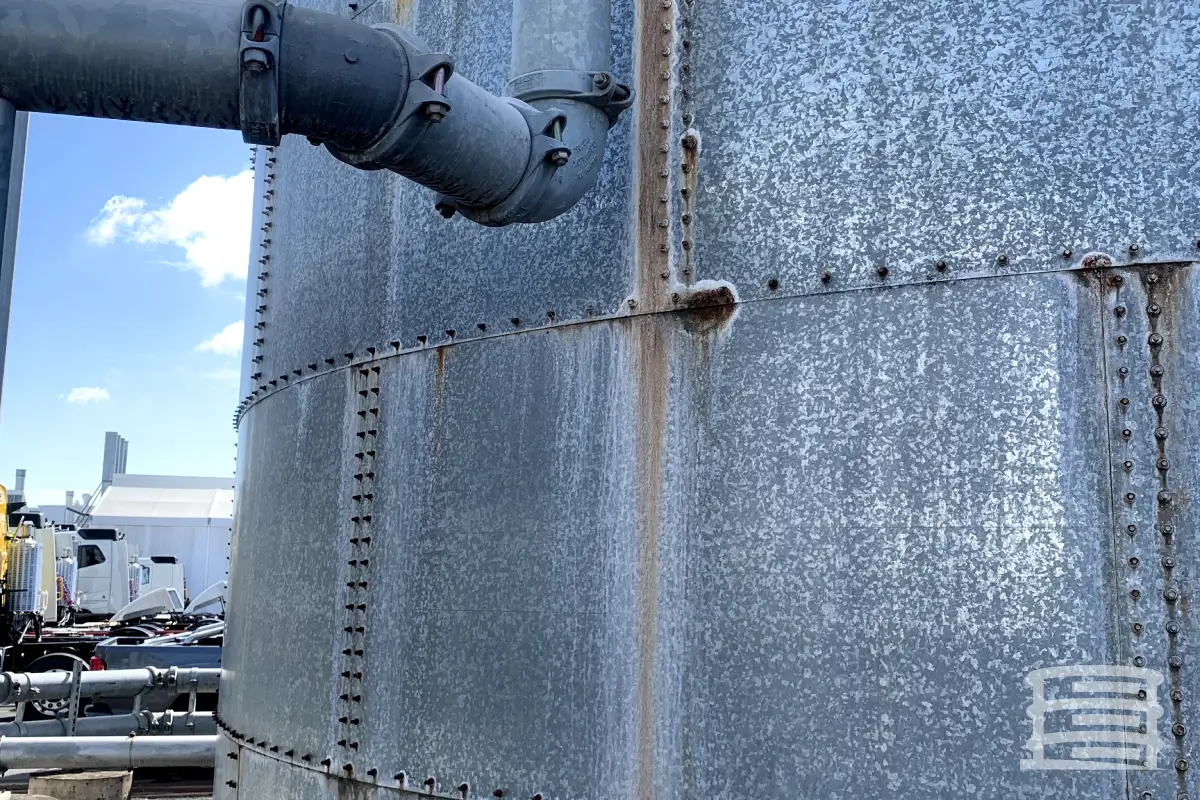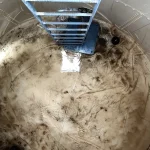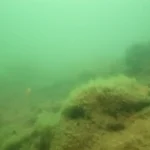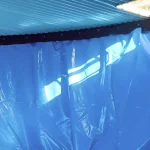Water stands as the most crucial resource for supporting communities worldwide. Just imagine life without readily available clean water—it’s hard to imagine! Without it, we wouldn’t be able to maintain personal hygiene, have running water in our homes, use indoor plumbing, or access clean drinking water.
In developed nations, substantial amounts of usable surface water are stored in water storage tanks. However, neglecting to clean your water tank can lead to contamination of your water supply with bacteria and parasites, causing gastrointestinal infections, diarrhea, and other waterborne illnesses.
Therefore, inspecting these tanks is essential to ensure they remain structurally sound, clean, and provide safe water for various purposes, including power generation, agriculture, mining, and household use.
Purpose of Water Tank Inspections
Regular inspections of tanks can result in significant cost savings over time by enabling accurate determination of when tank repairs or replacement are needed. Without adequate maintenance, numerous materials commonly used in water tanks degrade gradually.
Apart from maintenance, inspections of potable water tanks are crucial for preserving water quality. Over time, sediment may accumulate at the tank’s bottom. When present in small quantities, this sediment does not impact water quality or compromise the storage tank’s structural integrity.
Role of External Visual Inspections in Detecting Water Tank Damage
Traditionally, water storage tanks have relied on trained divers for inspections, sometimes even without fully draining the tank. However, employing external divers typically involves high hourly expenses and logistical complexities.
Fortunately, there are economical alternatives for inspections. Simply inspecting the exterior of your water tank can yield valuable information. A thorough examination of the tank’s surface can uncover cracks or crazing caused by UV degradation and other sources of stress. It’s crucial to address these issues promptly to avoid substantial damage to the water tank.
How to Repair a Damaged Water Tank
You can address repairs for your damaged water tank, especially when dealing with minor cracks and leaks visible on its surface. Here are steps for repairing a water tank:
For Cement Water Tanks:
- Drain the water tank completely and ensure it is thoroughly dried.
- Use a brush to apply a concrete bonding agent to areas with minor cracks, ensuring coverage of the inner regions.
- Mix one part hydraulic cement with three parts water. Begin by applying the cement to the outer layer, allowing it to dry before applying to the inner structure.
- Finally, reinforce the liner edges using a hammer.
Plastic Water Tanks
Plastic or poly tank welding is a prevalent method for repairing cracks in the realm of poly tank maintenance.
The first approach involves heating, particularly effective for small cracks visible from the top. Additionally, utilizing fiberglass sheets can aid in preventing plastic leakage.
Another option is applying epoxy or putty to the affected areas. These substances contain chemicals that generate heat upon contact. As you knead them together, they become hotter and more pliable, facilitating effective repair.
Metal Water Tanks
When encountering a rust hole in a traditional metal or steel water tank, using sealant can be a viable solution.
Begin by draining and thoroughly cleaning the tank. Next, cut the tip of the sealant tube to create a hole large enough for easy application of the adhesive. Insert the sealant tube into the caulking gun, ensuring it is securely snapped into place.
Apply the sealant around the affected area, ensuring full coverage. Smooth the sealant evenly over the damaged area using a putty knife. If your water tank is located outdoors, it is highly advisable to paint the surrounding area once the sealant has dried. Exposure to sunlight and the elements can accelerate the degradation of the sealant.

Concerned About Potential Damage to Your Water Tank?
Once damage to your water tank has been identified and you’ve learned how to conduct repairs, you can implement a temporary solution that may last for weeks or even months, giving you time to arrange for a professional inspection.
For those in the United States, NFPA 25 Inspections by American Tanks stands out as the leading provider of water tank repair and fire water tank inspection services. Our experienced maintenance and repair team delivers high-quality services, including inspections for concrete water tanks, general maintenance for all types of water tanks, and thorough water tank inspections.
Whether your water storage tank serves residential, industrial, or commercial purposes, you can rely on us to handle your project with expertise. Contact us today to receive a quote for your specific needs!
Call NFPA 25 Inspections by American Tanks at +1 800 656 0167
Or email at info@nfpa25inspections.com







